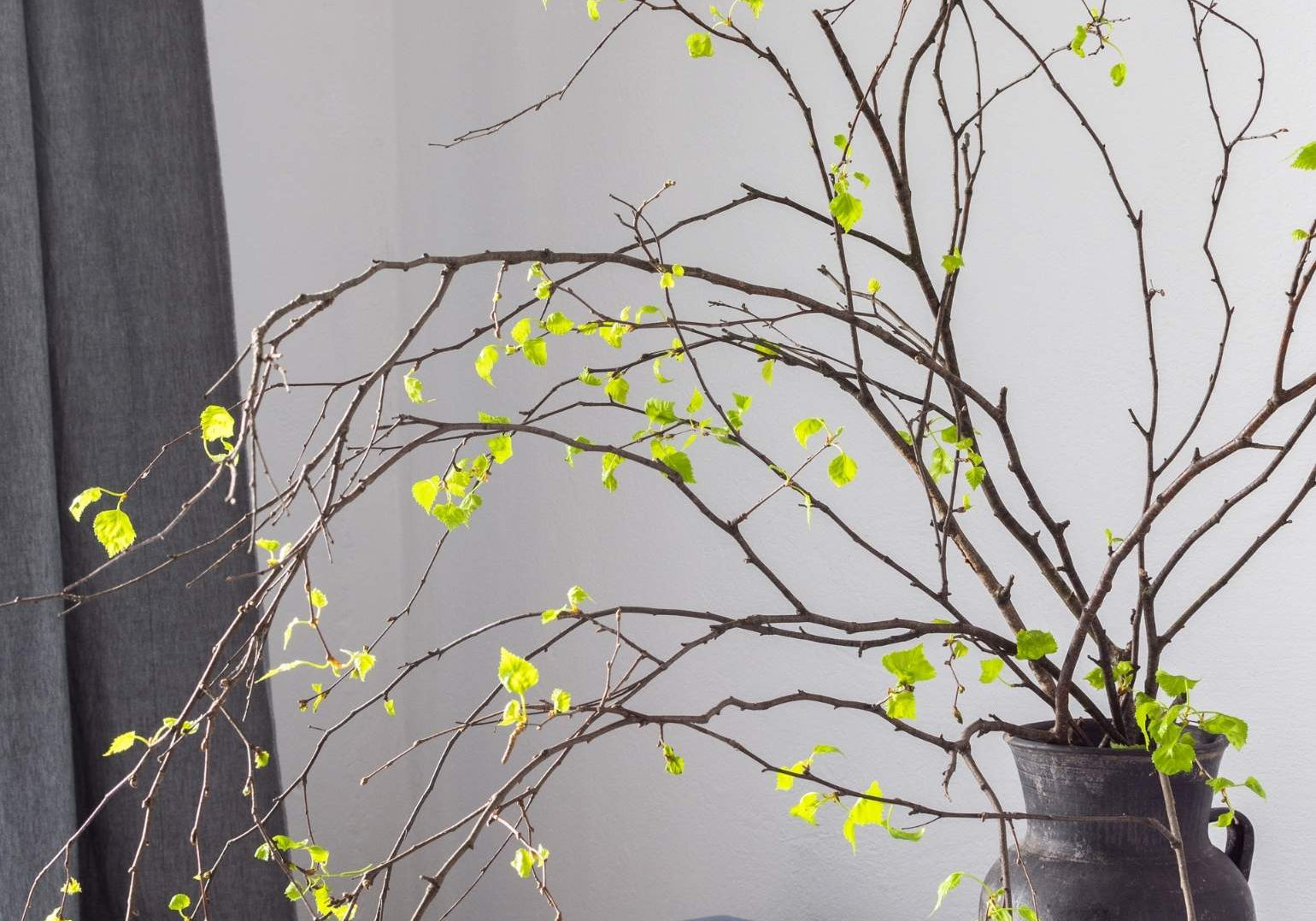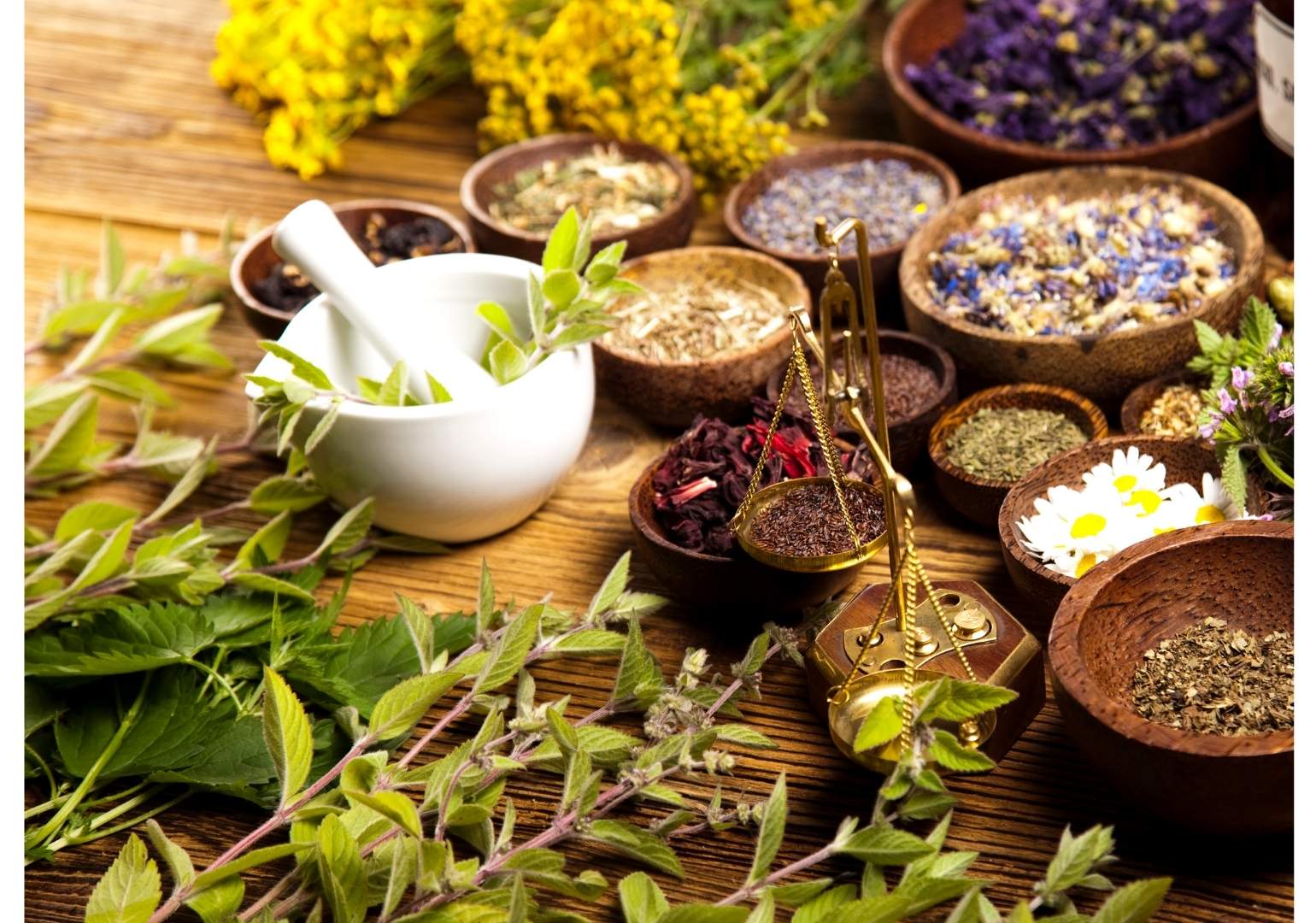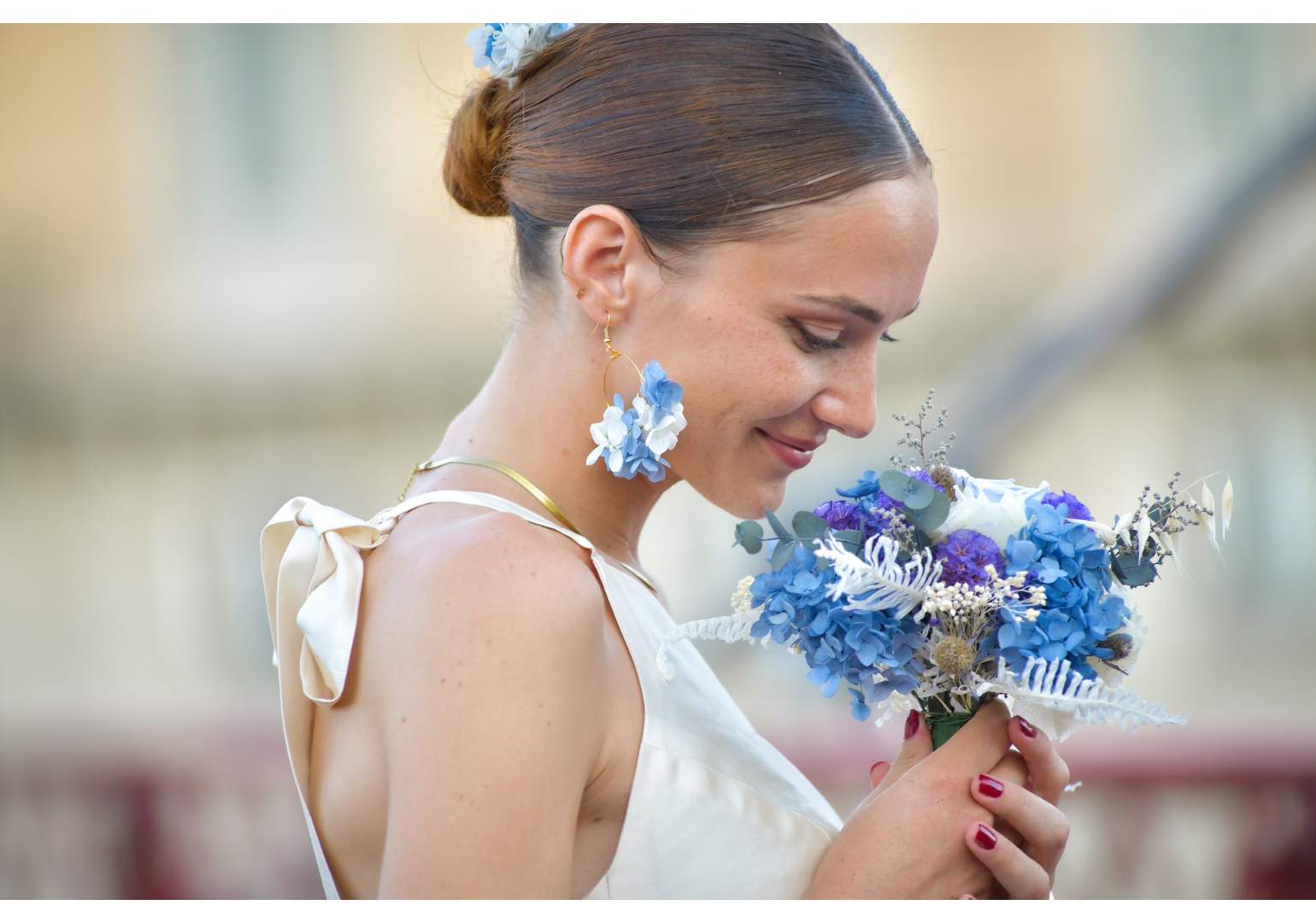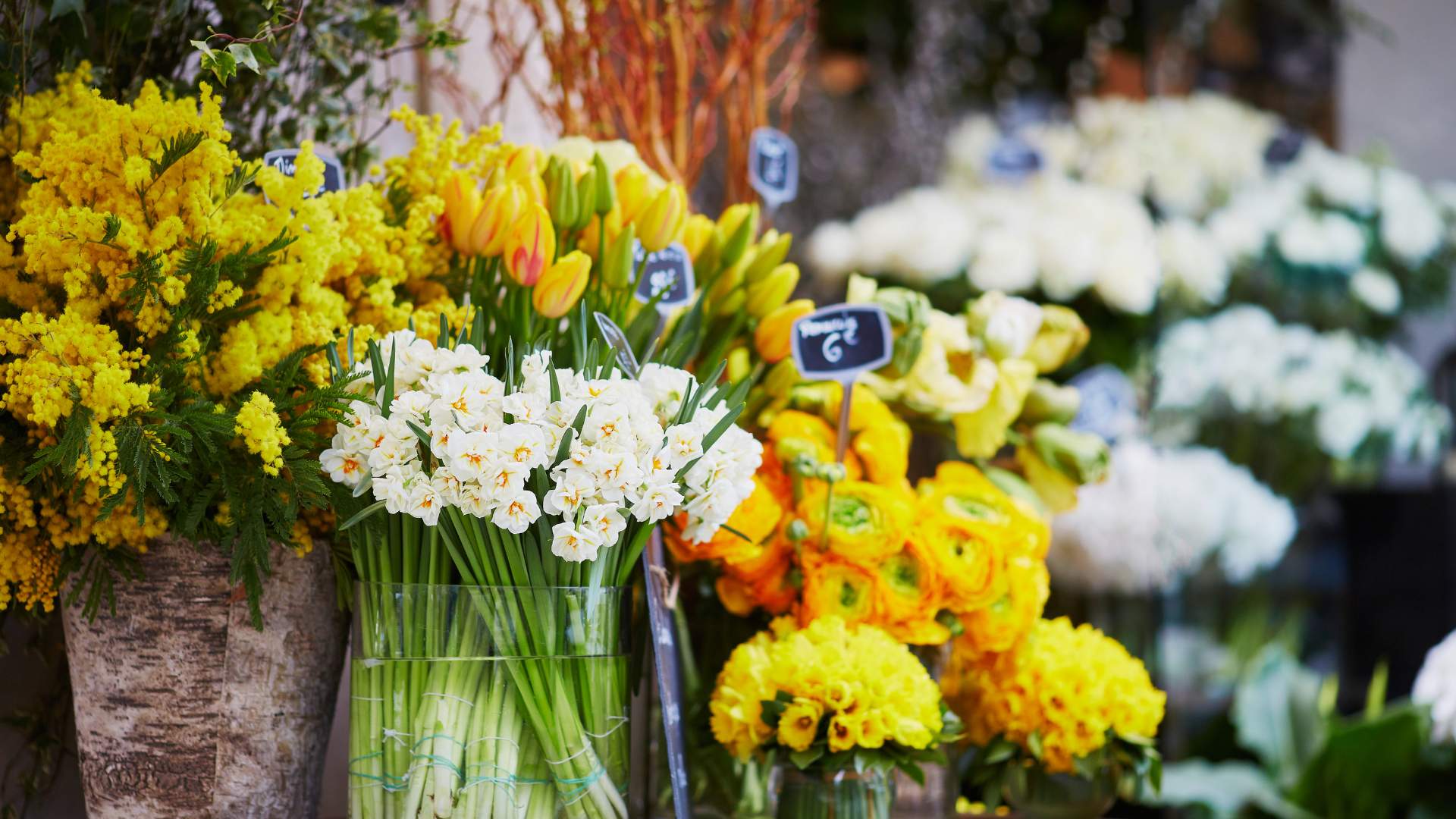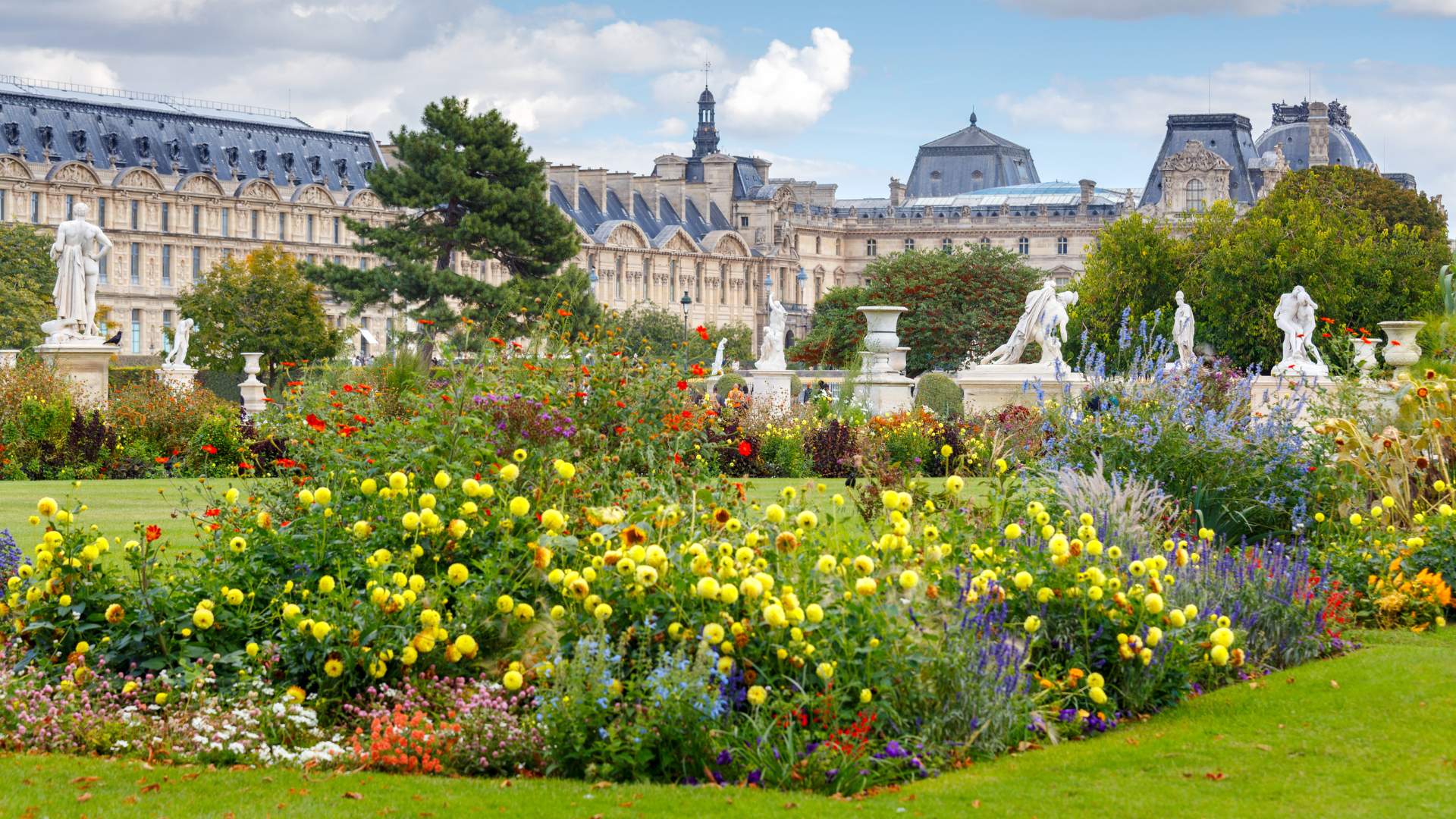Create a vertical garden:
The vertical garden, a growing trend, combines aesthetics and ecology by growing plants on a vertical support. This innovative solution allows you to introduce a touch of greenery into the smallest spaces, whether in an apartment, on a balcony, or even in the office. Ready to embark on this botanical adventure? Here's a complete guide to creating your own green wall.
Why create a vertical garden?
Space saving
A vertical garden is ideal for small spaces. By utilizing the height of the walls, you can maximize the use of your space without cluttering the floor. It's a perfect solution for apartments, balconies, or even small backyards.
Aesthetic
A green wall brings a touch of nature and life to your interior or exterior. It can transform a plain wall into a living work of art, adding color, texture, and movement to your decor.
Improving air quality
Plants absorb carbon dioxide (CO2) and release oxygen, purifying the air. Some plants can also absorb pollutants like formaldehyde and benzene, contributing to a healthier indoor environment.
Thermal and sound insulation
A green wall can help regulate temperature by providing an extra layer of insulation. In summer, it can help keep your home cooler by reducing heat absorption through the walls. Additionally, the plants and substrate can help reduce outside noise, creating a calmer and more peaceful environment.
The necessary materials
A support
The support can be a wooden board, a metal frame, or a concrete wall. It must be strong and moisture-resistant to support the weight of the plants and the substrate.
An irrigation system
A drip irrigation system or automatic watering system is essential for maintaining healthy plants. This ensures that each plant receives the necessary amount of water.
A substrate
The substrate should be light, well-draining, and nutrient-rich. A mixture of potting soil, peat, and perlite is often recommended to ensure good water retention and efficient drainage.
Pots or pouches
These containers will be used to hold the substrate and plants. They must be large enough to allow the roots to develop.
Plants
Choose plants that are suited to the light available on your living wall. Ferns, bromeliads, succulents, and succulents are popular choices due to their hardiness and low maintenance requirements.
The stages of implementation
Prepare the support
Clean and disinfect your support to prevent the growth of bacteria and fungi. Make sure it is securely fastened and able to support the weight of the vertical garden.
Install the irrigation system
Attach the watering hoses and drippers to your stand. Make sure the water can reach all the plants evenly.
Create the pockets
Secure the pots or pouches to your support, spacing them far enough apart to allow for root growth. Use sturdy ties to prevent the pots from coming loose.
Fill the pockets with substrate
Fill the containers with substrate, tamping lightly to prevent it from leaking. Make sure each container has enough substrate to support plant growth.
Plant your plants
Make holes in the substrate and gently plant your plants. Be careful not to damage the roots during this step.
Water generously
Water your living wall thoroughly to moisten the substrate. This will help the plants establish themselves and begin growing.
The ideal plants for a green wall
The choice of plants will depend on the light exposure of your green wall and the ambiance you want to create. Here are some suggestions:
Shade plants
- Ferns : Like humid and shady environments.
- Philodendrons : Easy to care for, they tolerate low light conditions.
- Pothos : Ideal for beginners, it grows well in a variety of conditions.
Partial Shade Plants
- Aspidistra : Resistant and tolerant of neglect.
- Peperomia : Compact plants with varied leaves.
- Begonias : Offer a beautiful variety of colors and shapes.
Sun Plants
- Sedum : Perfect for dry, sunny environments.
- Sempervivum : Resistant and colorful.
- Kalanchoe : Brings a touch of bright color with its flowers.
Maintaining a Green Wall
Watering
Watering should be regular, especially during hot periods. Use the irrigation system to maintain a constant humidity level.
Light
Make sure your plants are getting enough light. If necessary, supplement natural lighting with grow lights.
Fertilizer
Apply liquid fertilizer once a month during the growing season. Use a fertilizer suitable for the types of plants you have chosen.
Size
Prune your plants regularly to maintain an aesthetic shape and promote growth. Remove dead leaves and unruly branches.
Monitoring
Monitor your green wall regularly for potential problems such as diseases and pests. Treat them promptly to prevent them from spreading.
The Different Types of Green Walls
Modular Green Wall
Made up of individual modules that are easy to install, it allows great flexibility in creating your vertical garden.
Hydroponic Green Wall
Plants grow in water, without soil. It's an innovative and clean solution that requires less maintenance.
Stabilized green wall
The plants are preserved in a special gel, allowing them to retain their natural appearance without the need for maintenance. This is ideal for those who want a decorative solution without the hassle of maintenance.
The Benefits of an Interior Green Wall
Improving air quality
Plants absorb pollutants and release oxygen, contributing to healthier indoor air.
Stress reduction
The presence of green plants has a calming effect on the nervous system, reducing stress and improving general well-being.
Thermal and sound insulation
Green walls help improve the comfort of your interior by regulating the temperature and reducing outside noise.
Aesthetic
They bring a touch of nature and life to your decor, transforming your space into a haven of peace and beauty.
Creating a green wall is an exciting project that will allow you to personalize your home and reconnect with nature. Whether you're a beginner or an experienced gardener, a green wall offers a multitude of possibilities to bring a touch of greenery to your daily life. So, don't hesitate and get started!


